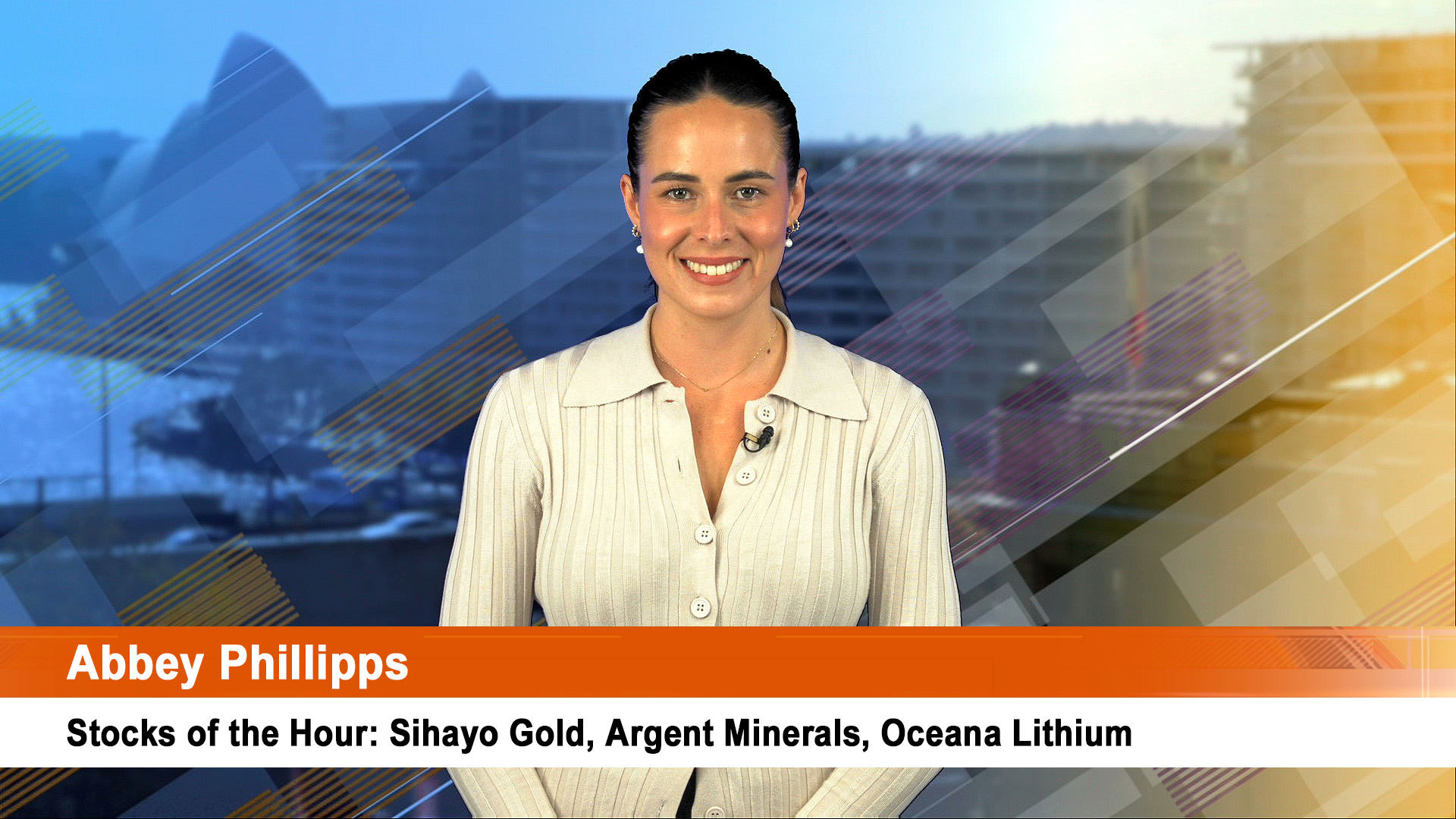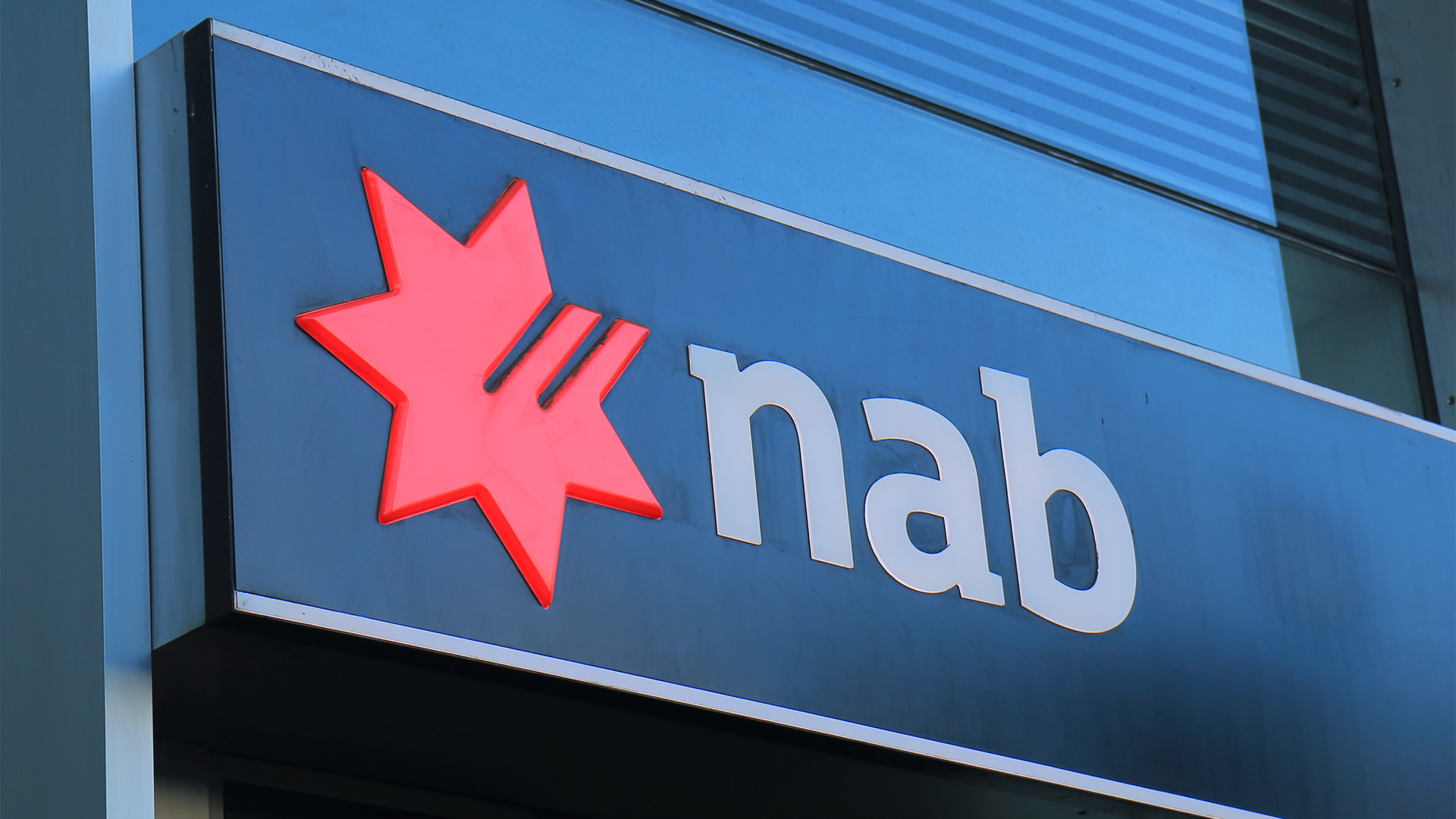The Australian economy continues to burble along, but there is no sign of any upward pressure on wages or inflation according to the latest monthly survey from the National Australia Bank.
In fact the survey reads very much like the minutes of a recent reserve Bank board meeting and there is simply nothing in the latest release from the NAB to justify any move to lift rates, as some nervous nellies and publicity hungry analysts have been urging via the pages of the Australian Financial Review.
“The survey continues to suggest relatively robust growth in the economy but also suggests that broader inflationary pressures remain weak with slow rates of both purchase price and final products price inflation. Labour cost growth remains weak, though there is some evidence of a pickup in specific industries,” according to NAB Group Chief Economist, Alan Oster.
Overall the NAB report shows business conditions and confidence remain solid, despite moving in opposite directions in June. The business conditions index rose 1pt to a reading of +15 index points in June, after easing in the previous month, while the business confidence eased a point to +6 index points, to be around its long-run average level.
Mr Oster said in commentary on the survey “The business conditions index held broadly steady in June after pulling back last month, and remains well above average, suggesting conditions are strong in the business sector. Conditions remain favourable across most states and industries.”
The survey did find a mix of outcomes across industry sectors in June – some hot, some cool and some a little in between.
Manufacturing, construction, wholesale and finance, business & property services rose, while mining and transport & utilities were lower. Despite the decline in the month, conditions in trend terms remain most favourable in mining, while retail remains noticeably weaker.
“In trend terms, conditions in the mining sector remain highest even as the mining boom continues wind down, while the retail sector remains clearly the weakest. The construction sector is also reporting robust conditions reflecting the large pipeline of infrastructure work and significant pipeline of housing construction underway” Mr Oster said.
The trading (sales) and profitability indexes rebounded in June after decline last month. The employment index recorded a second consecutive decline, but remains above average.
According to Mr Oster “The employment index fell for a second month in a row but remains above average. Our mapping of this measure to the official employment statistics suggests that employment will continue to grow at a slightly stronger rate than the population over 2018, which should see the unemployment rate decline and a gradual pickup in wages growth.”
Surveyed wages and prices measures were again weak. Labour costs, purchase costs and final product price growth all edged lower in the month, while retail product price growth was negligible.
Leading indicators were a little mixed in June with capacity utilisation edging higher but forward orders declining for a second month – though they remain above average.
“Overall, the survey is consistent with our outlook for the economy of 2018. Despite easing a little recently, leading indicators remain positive suggesting continued growth in output and employment. Higher profitability and trading conditions as well as high rates of capacity utilisation also remain conducive to higher business investment.
"This growth will be necessary to reduce the amount of spare capacity in the economy, which should in time see a rise in prices and wages growth, which we consider key to the path of monetary policy over the next few years” Mr Oster said.













